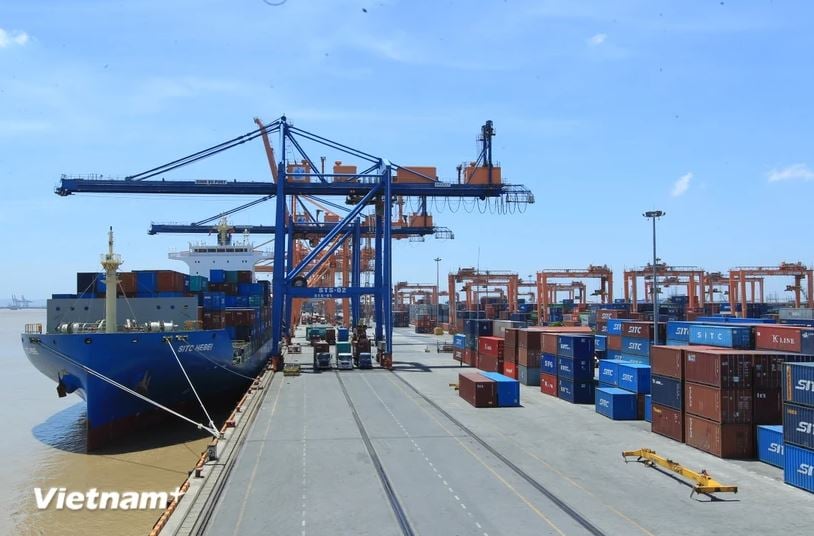 |
| Export turnover in the first quarter is estimated at 102.8 billion USD, an estimated increase of 10.6% over the same period last year. (Photo: Duc Duy/Vietnam+) |
Vietnam's export activities are expected to face difficulties after the United States announced new tariffs on imported goods into the country. However, with 17 signed free trade agreements (FTAs) and potential markets being actively negotiated by authorities, there will be opportunities for businesses to diversify markets and promote trade in the coming time.
Opportunity to restructure production operations
On April 2 (US time), President Donald Trump officially announced major changes in US trade policy. As a market accounting for 30% of Vietnam's total export turnover, the US's imposition of a reciprocal tax of up to 46% will cause many of our industries to face severe impacts.
For the leather and footwear industry, the US market accounts for 40% of total export turnover, with a value of more than 10 billion USD, so high taxes will certainly cause exports to stagnate.
Ms. Phan Thi Thanh Xuan, Vice President and General Secretary of the Vietnam Leather, Footwear and Handbag Association (lefaso) said that with the new US tax policy increasing costs, businesses will certainly have to have solutions to continue maintaining production as well as further optimizing the production process to help balance tax costs that may increase in the near future.
Although challenging, according to Lefaso representative, this is also an opportunity for businesses to restructure the production process, increase efficiency in reducing costs, especially input costs.
"Businesses hope that the Government, ministries and sectors will create favorable conditions, especially preferential policies and policies to reform administrative procedures, taxes and customs, to help businesses get tax refunds faster, as well as make customs procedures more open, helping businesses save costs and be more efficient in the production process," said Ms. Phan Thi Thanh Xuan.
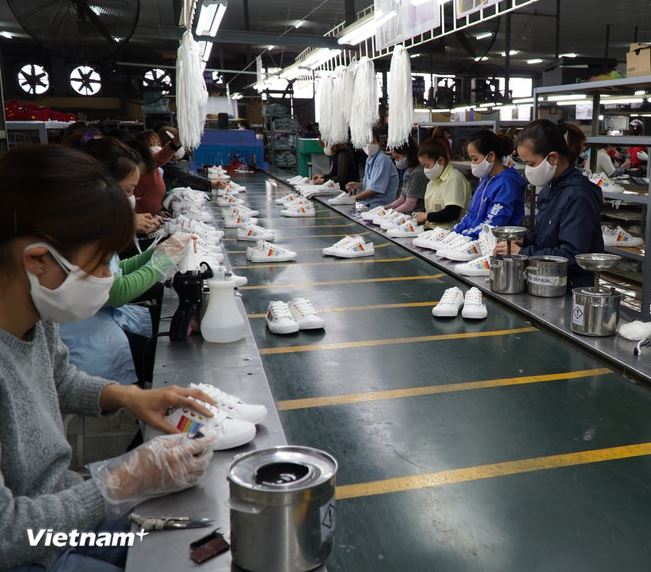 |
| Footwear businesses invest in technology to promote exports. (Photo: Duc Duy/Vietnam+) |
According to Mr. Le Tien Truong, Chairman of the Board of Directors of Vietnam Textile and Garment Group (Vinatex), although the tax rate of 46% is much higher than previous assessments, however, if comparing the difference between the new reciprocal tax and the tax currently applied to textile and garment products, this increase in difference in Vietnam is still lower than China and not much higher than the remaining competing countries.
In the short term, the increase in tax rates may cause some impacts that reduce demand in the US market. Enterprises in the Group system in particular and the textile industry in general need to be calm and clear-headed in coming up with sustainable solutions such as: Strengthening governance, improving production efficiency through smart governance and increasing labor productivity; being ready to negotiate with customers in the spirit of sharing difficulties; determined to stabilize the production force.
According to the Vinatex leader, President Trump's tax policy is a flexible and negotiated tax policy, so export businesses are expecting the Government to negotiate with the US to reduce the reciprocal taxes that the US imposes on Vietnam.
“In the current context, textile and garment enterprises need to stay calm, because not only Vietnam but all textile and garment producing countries are subject to reciprocal tariffs. For the textile and garment industry, it is possible to increase the use of American cotton to reduce the trade balance, while meeting the origin requirements when being a country with a trade surplus with this country,” Mr. Le Tien Truong emphasized.
Market diversification
In 2025, the Ministry of Industry and Trade aims for export growth of about 12%, equivalent to about 450 billion USD. This target is set in the context of global economic recovery and Vietnam taking advantage of signed free trade agreements.
In March 2025 alone, the country's exports are estimated to reach 38.5 billion USD, up 23.8% over the previous month and up 14.5% over the same period in 2024. This is also the month with the highest turnover since the beginning of the year. In the first quarter of 2025, the export turnover is estimated to reach 102.8 billion USD, up 10.6% over the same period last year.
According to Mr. Ta Hoang Linh, Director of the Department of Foreign Market Development (Ministry of Industry and Trade), to achieve high export growth this year, ministries and branches will closely coordinate with the Vietnamese business community and foreign enterprises investing and doing business in Vietnam to effectively implement the proposed solutions, aiming to achieve export growth in 2025.
He also said that the Ministry of Industry and Trade is making great efforts to open up export routes to new markets with much room. Accordingly, the Ministry will continue to promote FTA negotiations with new markets in the Middle East, Latin America, Central Asia and other emerging markets.
In addition, the Ministry of Industry and Trade will strengthen trade promotion and improve logistics infrastructure to reduce transportation costs and enhance the competitiveness of Vietnamese goods, aiming to expand the system of Vietnamese Trade Offices abroad to better support businesses in trade connection and export promotion.
According to Mr. Le Hoang Tai, Deputy Director of the Trade Promotion Agency (Ministry of Industry and Trade), proactively exploring emerging markets, niche markets or alternative markets is an urgent requirement. This is not only a direction to diversify markets, but also helps us increase the sustainability of export turnover, reducing dependence on a few key markets.
“We pay special attention to taking advantage of opportunities from the Free Trade Agreements (FTAs) that Vietnam has signed. Effectively exploiting FTAs is not only a matter of reducing taxes, but also improving product quality, standardizing and restructuring the supply chain according to international standards,” said Mr. Le Hoang Tai.
On the business side, Ms. Nguyen Thi Phuong Thao, CEO of May 10 Corporation, said that although a large amount of the company's goods are exported to the US market, before the US import tax policy, May 10 proactively diversified its market to reduce dependence on the US, and at the same time diversified its supply sources to reduce dependence on China.
Along with that, May 10 has implemented saving solutions in all activities from energy, electricity, water, increased investment in technology equipment to increase labor productivity, increase efficiency to have the most competitive price.
“Enterprises also strengthen the development of the domestic market to balance exports and domestic markets, closely monitor the origin of raw materials and the policies of the Vietnamese and US governments to have appropriate production and business strategies,” said Ms. Nguyen Thi Phuong Thao.
Meanwhile, Mr. Pham Dinh Ngai, CEO of Tra Vinh Farm Limited Liability Company, informed that although exports account for an important proportion, the domestic market is also very potential. Therefore, domestic goods will be one of the advantages of Vietnamese people in the near future.
“Currently, the internal strength of Vietnamese enterprises is getting better and better and the domestic market is also full of potential, so the enterprise will continue to maintain and promote development. Regarding the export market, Tra Vinh Farm can seek opportunities in many other markets as well as niche markets and in the coming time, the company strives for the export market to account for 30-35% of revenue,” Mr. Pham Dinh Ngai added./.
Source: https://huengaynay.vn/kinh-te/khai-thac-hieu-qua-cac-fta-giai-phap-can-co-de-thuc-day-xuat-nhap-khau-152409.html





![[Photo] Prime Minister Pham Minh Chinh chairs conference on anti-smuggling, trade fraud, and counterfeit goods](https://vphoto.vietnam.vn/thumb/1200x675/vietnam/resource/IMAGE/2025/5/14/6cd67667e99e4248b7d4f587fd21e37c)


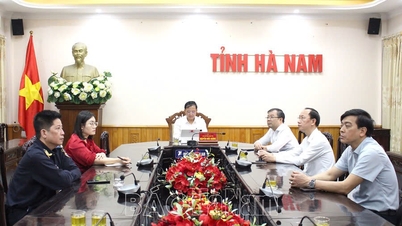













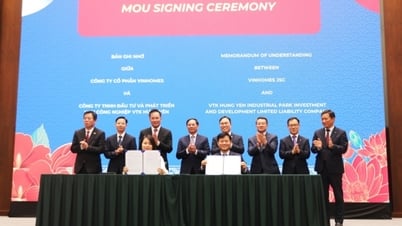
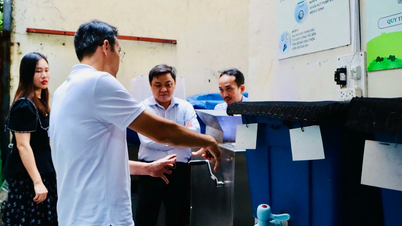

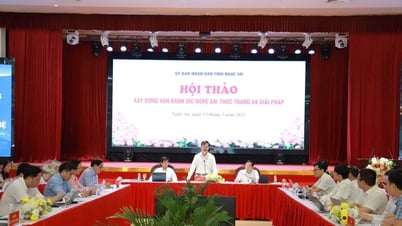




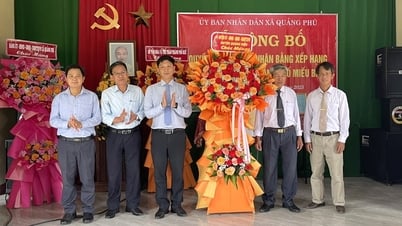
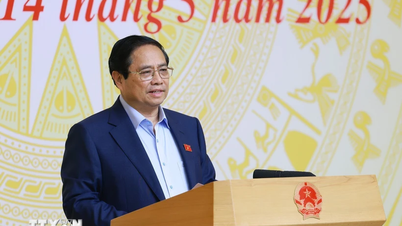
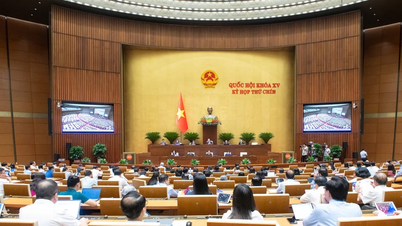

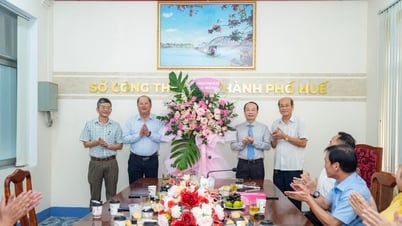









































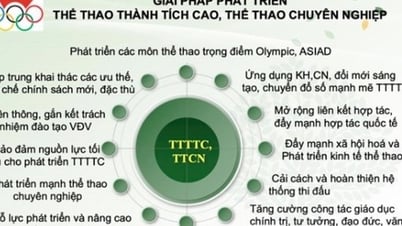


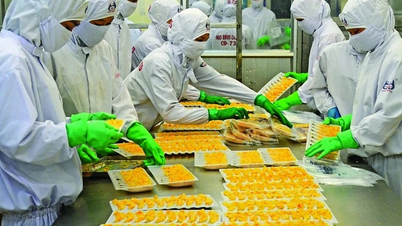
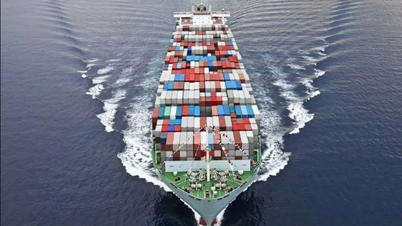

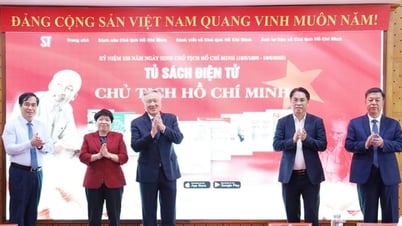

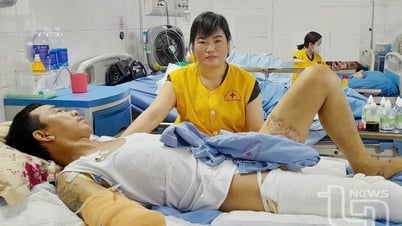





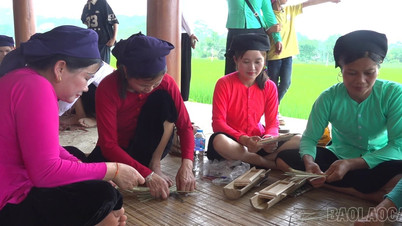











Comment (0)